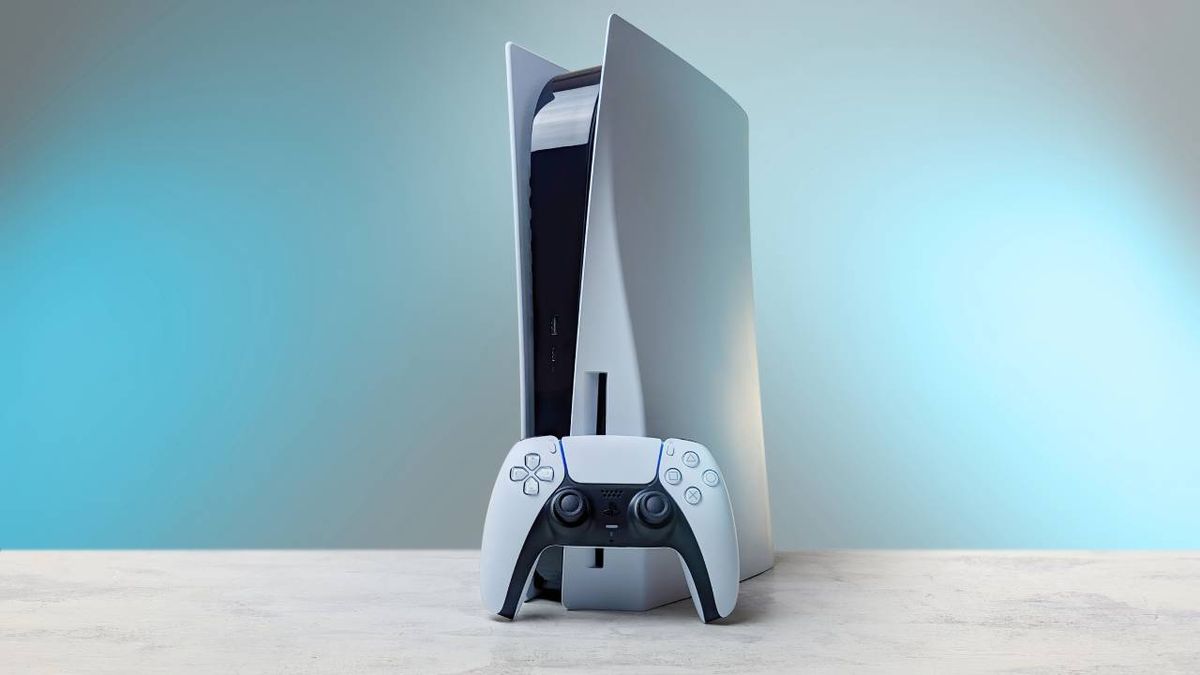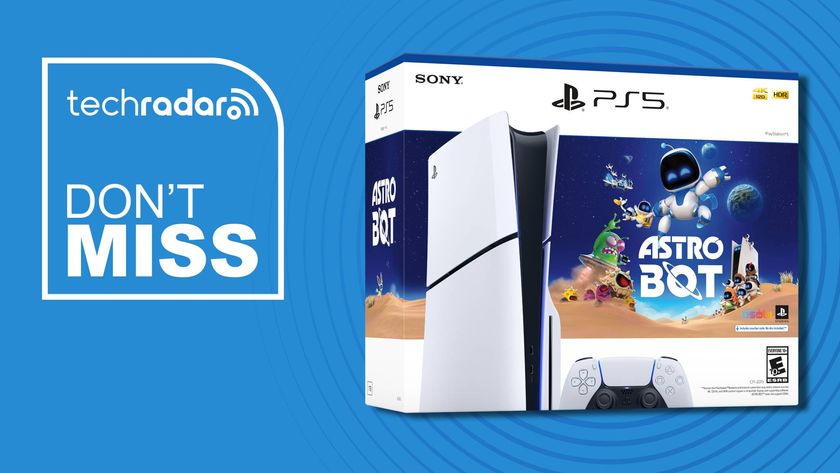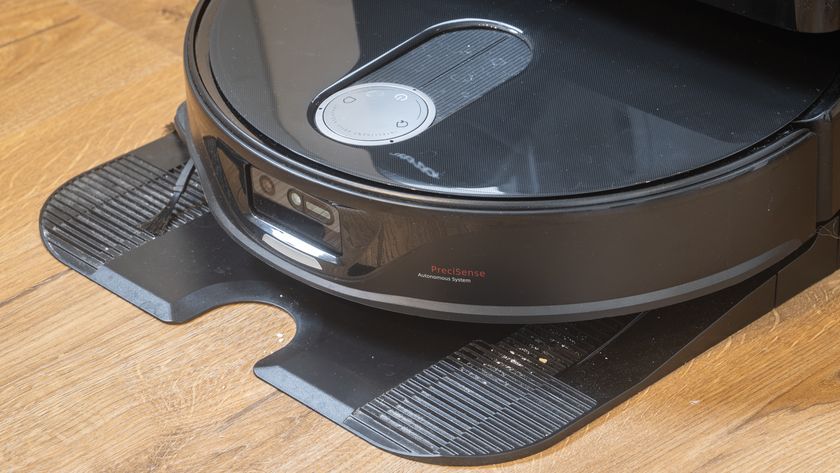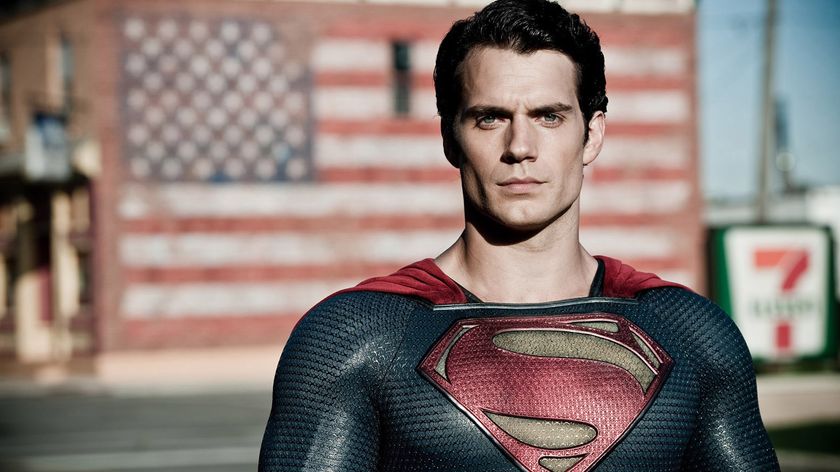PS5 might get Dolby Atmos and Dolby Vision support after all – here's why (UPDATED)
Could we see Dolby’s tech on PS5 in the future?

Update: Microsoft has told TechRadar that there is no exclusivity agreement for either Dolby Atmos or Dolby Vision on Xbox Series X|S. In a request for comment, a Microsoft spokesperson said: “A blog post was mistakenly published by a local Xbox team that included inaccurate information regarding exclusivity of Dolby Atmos and Dolby Vision on Xbox Series X|S. There is no exclusivity agreement of either tech on Xbox. We are proud to partner with Dolby to offer Dolby Atmos and Dolby Vision to gamers on Xbox and will have more to share about the general availability of Dolby Vision on Xbox Series X|S soon.”
This means that there is nothing preventing Sony from offering either Dolby Atmos or Dolby Vision on PS5 in the future, especially not an exclusivity agreement between Dolby and Microsoft.
Update 2: Dolby has also told TechRadar directly that Dolby Vision and Dolby Atmos are not console exclusive. A Dolby spokesperson said: “Dolby Vision and Dolby Atmos are not console exclusive and we look forward to working with Microsoft and all our partners to make Dolby Vision and Dolby Atmos widely available to gamers.”
Original story: PS5 might get Dolby Atmos and Dolby Vision support after all – but we might have to wait at least two years before both technologies will be available on Sony’s console.
So why the wait? Well, it turns out Microsoft could have a two-year exclusivity deal to keep both Dolby Atmos and Dolby Vision on Xbox Series X and Xbox Series S, which means that neither the PS5 or possibly the Nintendo Switch Pro will benefit from the two types of technology until that deal has expired.
The timed-exclusivity deal was revealed in a blog on Xbox Wire France, which has since been deleted (but a cached version is available). While this isn't a definitive confirmation of such a deal, it might explain why only Microsoft’s console currently supports Atmos and Dolby Vision at this time.
- Best Dolby Atmos Xbox Series X games: hear the difference
- PS5 vs Xbox Series X: the two consoles compared
- Xbox Series X vs Xbox Series S: which Xbox is right for you?
The question is, though: would Sony include Dolby Atmos on the PS5 even if it was available? Maybe not. The company opted to use its own spatial audio technology, known as Tempest 3D audio.
Get daily insight, inspiration and deals in your inbox
Sign up for breaking news, reviews, opinion, top tech deals, and more.
Still, it would be nice to see consumers be given more choice, as Dolby Atmos has grown in popularity in recent years with a number of games offering native support for the audio format.
Dolby Vision would also be welcomed on streaming apps on PS5, which don’t currently support the format, which is the favored HDR format of Netflix (and found in small doses on Amazon Prime Video). We’re yet to see Dolby Vision’s impact on gaming, but can safely assume it’s something that consumers would at least like the option to try.
Dolby Vision for games is currently being tested by Xbox Insiders, which is Microsoft's preview program, and promises to make games look more realistic and lifelike compared to HDR10 as it can produce 40x brighter highlights, 10x deeper black levels and up to 12-bit color depth. It should also adjust HDR visuals on a frame-by-frame basis using dynamic data, which will provide a more refined picture.
Exclusive, but not free
Even though Xbox consoles let you access Dolby Atmos, users still have to pay a licence fee of $15 / £10.99 / AU$19 to enable the option. A lot of Xbox accessories, such as the fantastic Xbox Wireless Headset, come with six months of Dolby Access included. New users can also access a free trial.
Xbox and PC are the only place gamers can experience Windows Sonic and DTS Headphone:X, which are two more spatial audio formats. Again, like Dolby Atmos, DTS Headphone:X requires a licence fee to use – though Windows Sonic is free. Neither are available on PS5.
We've contacted Microsoft for comment and will update this article should we hear more.
- Best Xbox Wireless Headset EQ settings: dial in the best sound
Adam was formerly TRG's Hardware Editor. A law graduate with an exceptional track record in content creation and online engagement, Adam has penned scintillating copy for various technology sites and also established his very own award-nominated video games website. He’s previously worked at Nintendo of Europe as a Content Marketing Editor and once played Halo 5: Guardians for over 51 hours for charity. He is now an editor at The Shortcut.













